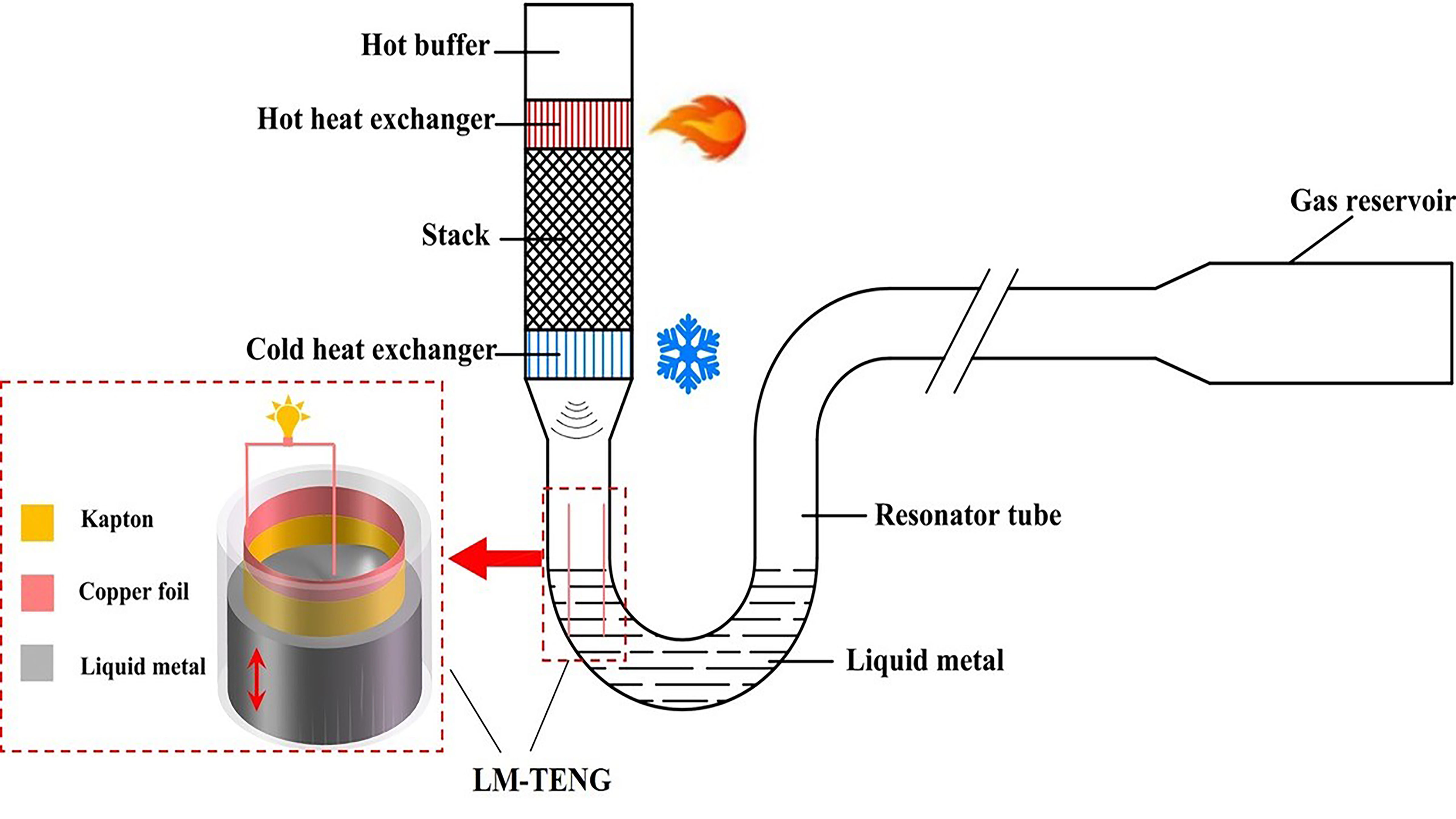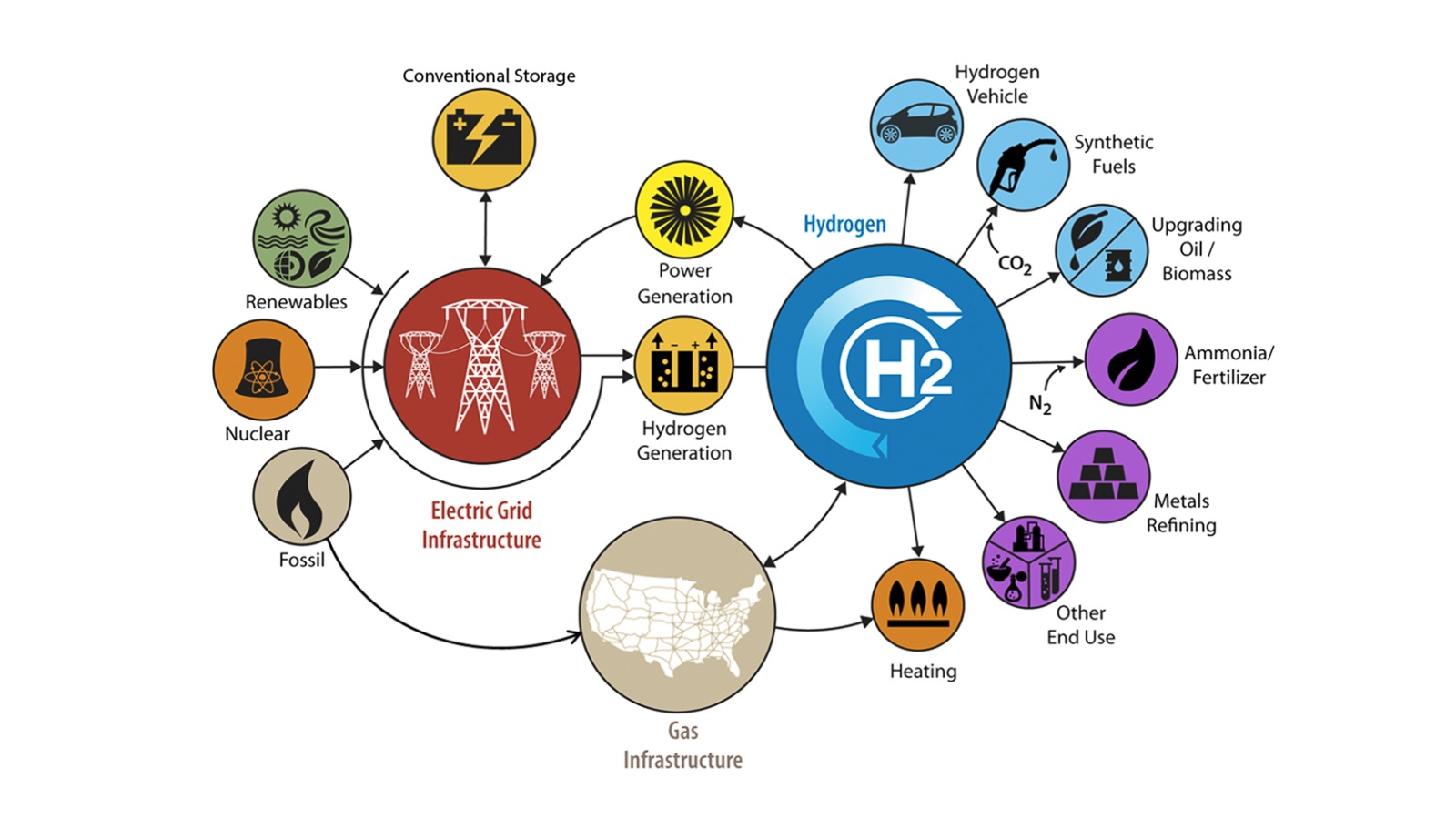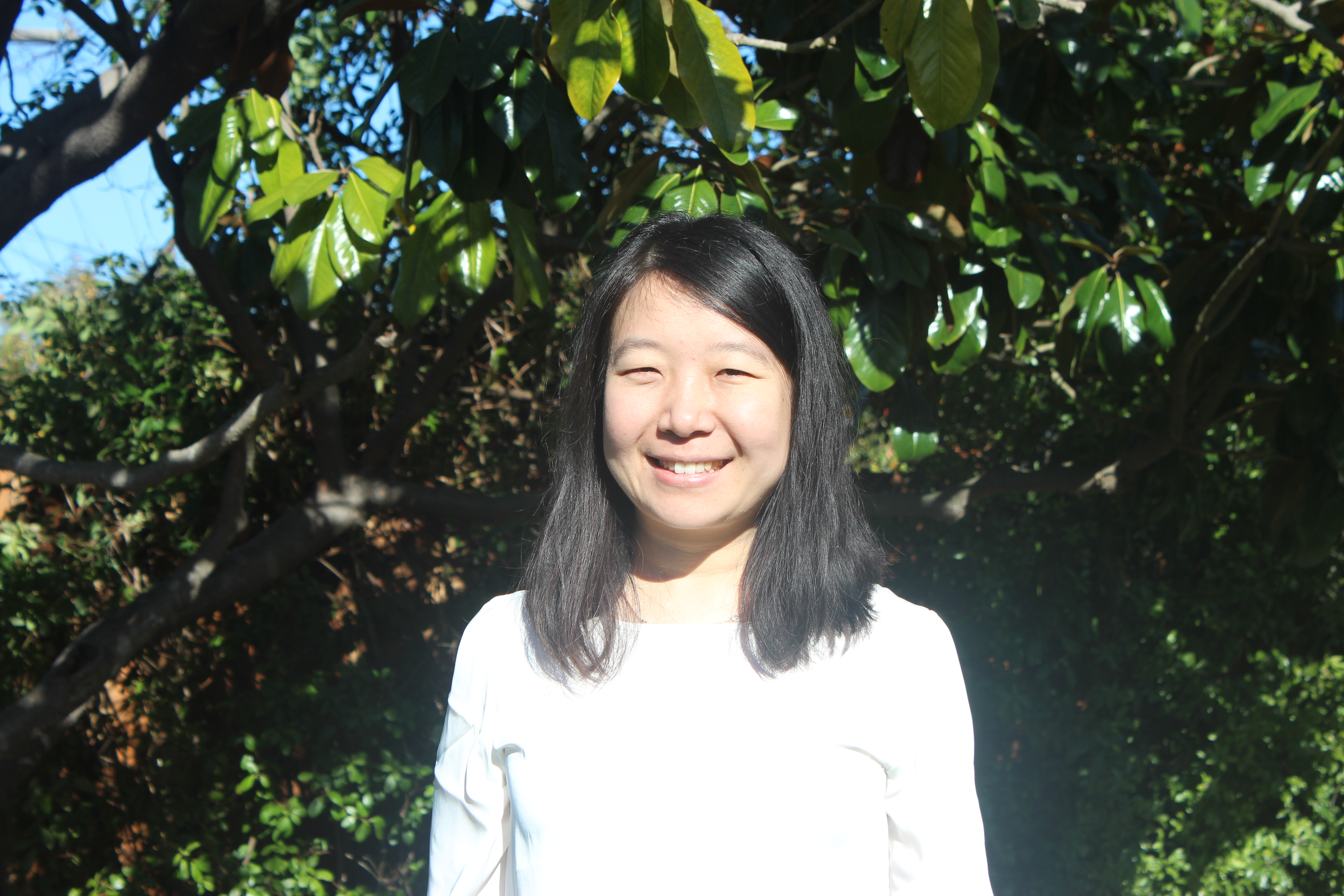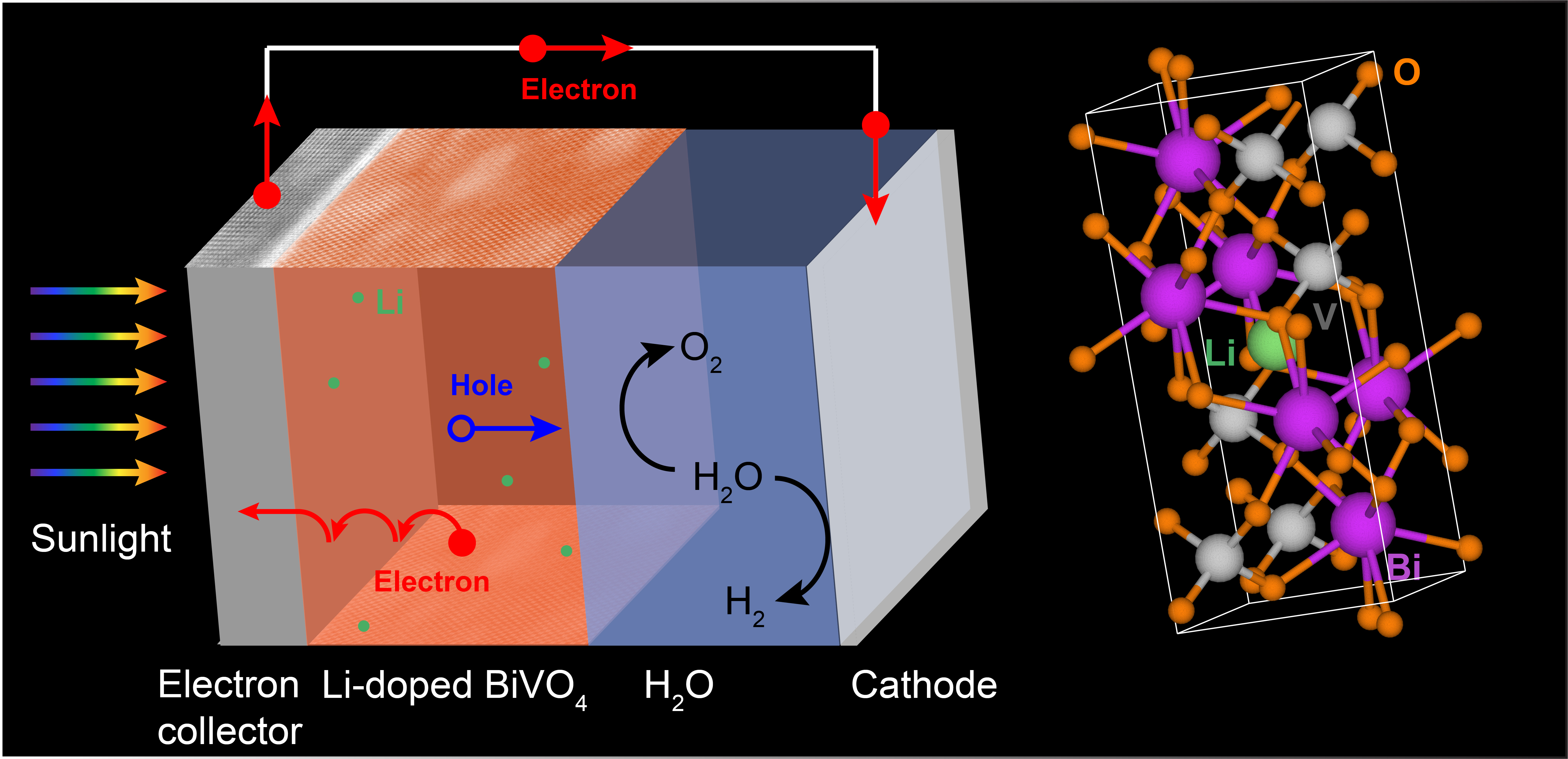Dr. Kyung Tae Kim from the Nano Materials Research Division at KIMS, has developed a bismuth telluride (Bi-Te) based thermoelectric material with artificially formed atomic-scale defects and proposed a solution to improve its properties in order to harness wasted thermal energy.
Tag: Energy Conversion
Experimental and numerical investigation on H2-fueled micro-thermophotovoltaic with CH4 and C3H8 blending in a tube fully/partially inserted porous media
Abstract Energy conversion and utilization of micro-thermophotovoltaic (TPV) system are limited by the micro-combustor, so the stepped tube inserted with porous media (PM) is proposed for H2-powered systems with blending CH4 or C3H8. Effects of blended CH4 and C3H8 on the H2/air combustion…
Join Us at the International Conference on Sustainable Energy and Green Technology 2024 (SEGT 2024)
The Faculty of Engineering, Chulalongkorn University cordially invites you to attend the International Conference on Sustainable Energy and Green Technology 2024 (SEGT 2024). This year’s theme, ” Sustaining the Future with Green Energy and Clean Environmental Technology,” highlights our commitment to fostering sustainable solutions. The conference will be held in Bangkok, Thailand, from December 15-18, 2024.
Copper-doped tungstic acid nanocrystals transform infrared light conversion
Systematic copper doping boosts all-solar utilization in tungstic acid nanocrystals.
Andrew Ullman, Wigner Fellow, gets a charge out of batteries
As a Distinguished Staff Fellow in the Chemical Sciences Division focused on energy storage and conversion, Andrew Ullman of Oak Ridge National Laboratory is using chemistry to devise a better battery.
Multilab Separations Consortium puts biofuel on the path to decarbonization
BETO Bioprocessing Separations Consortium spotlights projects from three-year work period.
Energy-efficient and customisable inorganic membranes for a cleaner future
A team of researchers from the College of Design and Engineering at the National University of Singapore, led by Professor Ho Ghim Wei from the Department of Electrical and Computer Engineering, has developed a revolutionary technique for producing ultrathin inorganic membranes.
Argonne researchers awarded $3.8 million to study clean energy
Argonne chemist Karen Mulfort and her research team were awarded $3.8 million across three years to study clean energy.
A super material applicable to batteries and other energy conversion devices
Researchers have discovered a material that is only four atoms thick and allows for the study of the motion of charged particles in only two dimensions. Such studies could lead to pivotal discoveries in solid electrolytes for batteries and other applications.
MEDIA ADVISORY: AIP Publishing Hosts Expert Sessions on Energy Storage and Conversion at Virtual Conference
Twelve distinguished speakers will be covering critical topics impacting energy storage and conversion at the upcoming AIP Publishing Horizons Virtual Conference on Aug. 4-6. The three-day event is organized by the journal Applied Physics Reviews and brings together leaders in the field of energy science to present their latest research in six sessions
Save The Date: AIP Publishing Horizons Meeting Examines Energy Storage and Conversion
Energy conversion and storage is a critical part of modern society as applications continue to develop at a rapid pace. At the 2021 AIP Publishing Horizons Virtual Conference, researchers will unveil and discuss the latest advances in energy science and how the field will change over the next decades. In addition to speaker sessions, a poster program will provide a wide view of the exciting research going on now by scientists around the world.
Liquid-like motion in crystals could explain their promising behavior in solar cells
Scientists studied the inner workings of a solar cell material using X-ray and neutron scattering. The study revealed that liquid-like motion in the material may be responsible for their high efficiency in producing electric currents from solar energy.
Water Clusters Control Zeolite Reactivity
Computational results clarify the role water plays in the reactivity of a widely used class of porous oxide catalysts.

Thermal Power Nanogenerator Created Without Solid Moving Parts
As environmental and energy crises become more common, a thermal energy harvester capable of converting abundant thermal energy into mechanical energy appears to be a promising mitigation strategy. The majority of thermal power generation technologies involve solid moving parts, which can reduce reliability and lead to frequent maintenance. This inspired researchers in China to develop a thermal power nanogenerator without solid moving parts. In Applied Physics Letters, they propose a thermal power nanogenerator that converts thermal energy into electrical energy.

Great expectations: Argonne scientists weigh benefits of increased hydrogen production
Hydrogen technology has the potential to transform aspects of the energy landscape, according to a new report from Argonne scientists.

Designing Materials from First Principles with Yuan Ping
The UC Santa Cruz professor uses computing resources at Brookhaven Lab’s Center for Functional Nanomaterials to run calculations for quantum information science, spintronics, and energy research.

Driving Water Splitting to Create Chemical Fuels
Scientists improved the performance of bismuth vanadate, an electrode material for converting solar energy to hydrogen—an energy-dense and clean-burning fuel.

Argonne scientists create water filtration membranes that can clean themselves
Scientists at the Department of Energy’s Argonne National Laboratory have designed a new, low-cost means to address membrane fouling through the application of a light-activated coating that can make the membrane self-cleaning.

Customizable smart window technology could improve energy efficiency of buildings
Scientists combined solar cell technology with a novel optimization approach to develop a smart window prototype that maximizes design across a wide range of criteria.

ReCell Center could save costly nickel and cobalt, transform battery recycling worldwide
Argonne’s ReCell Center has already made pivotal discoveries as scientists create and test new recycling processes and battery designs. These discoveries will help grow a globally competitive U.S. recycling industry.

Crystal power
Scientists at the U.S. Department of Energy’s Argonne National Laboratory have created and tested a single-crystal electrode that promises to yield pivotal discoveries for advanced batteries under development worldwide.
Environment-Friendly Compound Shows Promise for Solar Cell Use
In research published today in Advanced Functional Materials, a team of engineers, material scientists, and physicists demonstrated how a new material — a lead-free chalcogenide perovskite — that hadn’t previously been considered for use in solar cells could provide a safer and more effective option than others that are commonly considered.

A unique heat storage technology gathers steam
Many processes that generate electricity also produce heat, a potent energy resource that often goes untapped everywhere from factories to vehicles to power plants. An innovative system currently being developed at the U.S. Department of Energy’s (DOE) Argonne National Laboratory can quickly store heat and release it for use when needed, surpassing conventional storage options in both flexibility and efficiency.